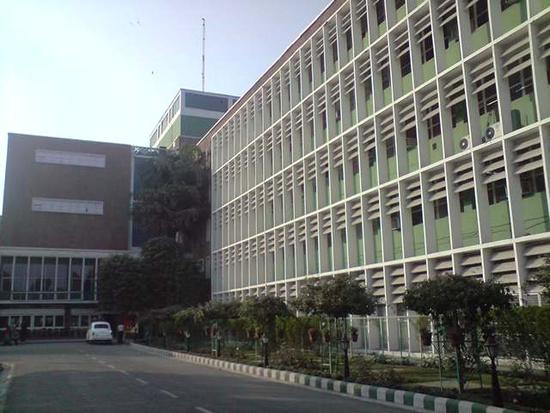
In the era of globalization the investment in private healthcare began to increase by leaps and bounds. In 1992-93 the private health sector accounted for 2.5% of GDP but by 2004-05 it is estimated at 5.6% of GDP. On the other hand for the same period public health spending increased marginally from 0.74% to 0.92% of GDP but it was much lower than the 1.5% of GDP it had peaked in 1986. The private sector’s growth can be seen in three ways.
First India’s pharmaceutical industry had acquired a transnational character accounting for 8% of world drug production by volume and exporting 52% of total domestic production.
Second, medical education was opened up to the private sector and within a decade medical colleges increased from 102 in the early nineties to 190 today increasing out-turns of medical graduates to about 19,000 from 15,000.
And third, the private hospital sector came of age with corporate houses entering with huge investments to set up world-class hospitals and many of the earlier not-for-profit (Trust owned) hospitals also joined the bandwagon to create elite hospitals.
Out of the 18,000 hospitals in India, 500 to 600 would be such elite hospitals having average bed strength of 200 and an indoor annual patient load of about 8000. This elite class of hospitals that are seeking a share in the global market under the garb of medical tourism- and these hospitals are able to prosper due to the public subsidies that they receive. Their charges are less than that of developed countries health charges. It is because of this reason that the patients are coming from other countries for treatment . In a way we are giving subsidy on their treatment .
Let us illustrate this with an example of one of the best-known hospitals from India, the Apollo Hospital in Delhi. Apollo Hospital Group prides itself as being the “the fourth largest private healthcare group in the world and the largest in Asia. With over 6400 beds in 32 hospitals, a string of nursing and hospital management colleges, and dual lifelines of pharmacies and diagnostic clinics” it is indeed a “powerhouse” of healthcare. The Indraprastha Apollo Hospital, New Delhi is the fourth largest corporate owned hospital in the world constructed at a cost of $ 44 million which has 692 beds and 14 operation theatres and handles about 200,000 patients annually, about 60,000 being indoor patients and of the latter about 10,000 or 17% are from other countries. This hospital was built in 1996 on 15 acres prime land worth an estimated $2.5 million given by the Delhi government free of cost (at a token lease rent of Re 1 per annum). Apart from this the Delhi government invested $3.4 million in construction of the hospital and contributed $5.22 million as equity capital. Besides this tax and duty waivers on import of equipment etc. were also given. In lieu of this public subsidy the agreement was that treatment for one-third of the beds would be made available free of cost to poor patients. The fact of the matter is that the free treatment part was undermined by the Hospital, both a legal and ethical violation, and the Delhi government was negligent in demanding accountability to honor the terms of the agreement.
When this fact came to public notice public interest litigation was filed in the Delhi High Court and this led to the appointment of the Justice Qureshi Committee, which exposed the huge scam of misuse of public subsidies by private hospitals in Delhi, including the Apollo Hospital case .The Report further indicated that only 2% of indoor B cases in 1999-2000 in Apollo Hospital were treated free and most of these were relatives of staff, bureaucrats and politicians. In contrast the average for all the 27 hospitals was 9.7% free indoor patients. There are at least 500 such hospitals across the country and the public subsidy at stake would be in the range of at least ten thousand crore rupees! And it is these very hospitals, which are at the core of the booming medical tourism. The speed of mushrooming of these corporate hospitals has not slowed down. Naturally the cost s being paid by the poor people in form of neglect of their health care.


